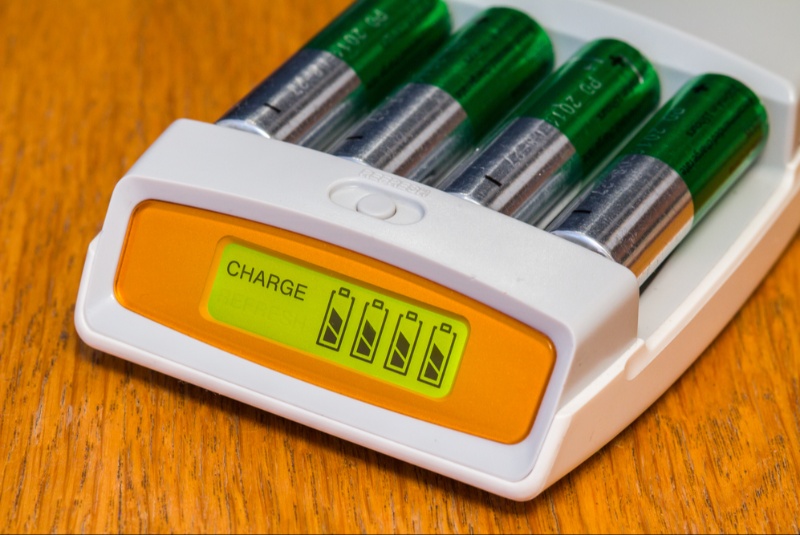In a world that's becoming increasingly digital, batteries power many of our everyday devices, from remotes and cameras to children's toys and smoke detectors. But the recurring cost and waste of disposable batteries can add up over time. What if there's a way to save money and make a smaller environmental footprint simultaneously? Enter rechargeable batteries.
The up-front cost of rechargeable batteries may be higher, but they can save you money in the long run. Here's how switching to rechargeable batteries can become a cost-efficient and environmentally-friendly solution for your power needs.
Lower Long-Term Costs
The primary benefit of rechargeable batteries is their ability to be recharged hundreds, or even thousands, of times. While the initial investment is higher than that of a pack of disposable batteries, over time, you'll see substantial savings. For instance, a high-quality AA rechargeable battery can be recharged up to 1000 times. If you equate that to buying 1000 disposable AA batteries, the potential savings become evident.
Reduced Waste and Environmental Impact
In addition to monetary savings, rechargeable batteries contribute less waste to our landfills. An estimated 180,000 tons of disposable batteries end up in American landfills each year. Switching to rechargeable batteries not only reduces this amount but also minimizes the demand for new batteries, resulting in less energy consumed during production and fewer resources exploited.
Improved Performance and Lifespan
Modern rechargeable batteries, such as Nickel-Metal Hydride (NiMH) and Lithium-Ion (Li-Ion), offer enhanced performance and lifespan compared to their disposable counterparts. They maintain their charge better when not in use and have a lower self-discharge rate. This means that they'll last longer in high-drain devices like digital cameras, flashlights, and game controllers.

How to Make the Switch Effectively
- Choose the Right Battery Type: While there are several types of rechargeable batteries available, NiMH and Li-Ion batteries are the most popular and versatile choices. NiMH batteries are great for high-drain devices like cameras and toys, while Li-Ion batteries are typically used for electronic devices like laptops and smartphones.
- Invest in a Good Battery Charger: Not all battery chargers are created equal. Look for a charger that offers smart charging features such as overcharge protection, which ensures that your batteries aren't damaged by being charged for too long. Some chargers also come with a discharge function, which can help extend the life of your batteries.
- Maintain Your Batteries: Proper maintenance of your rechargeable batteries can further extend their life and increase your savings. Always store your batteries in a cool, dry place. Never mix old and new batteries or different types of batteries in the same device, as this can cause leakage or even damage the device.
- Recycle Old Batteries: Even rechargeable batteries have a lifespan and will eventually need to be replaced. When this happens, make sure you recycle your old batteries properly. Many electronic stores offer recycling programs for old batteries.
Switching to rechargeable batteries is a cost-efficient and environmentally-friendly solution. It requires an initial investment, but the savings you'll realize over time, coupled with the positive environmental impact, make it a worthwhile switch. In our technologically advancing world, every small step towards sustainable practices counts. Making the switch to rechargeable batteries is one such step that is easy to implement and beneficial in the long run.




